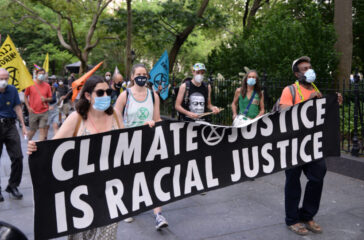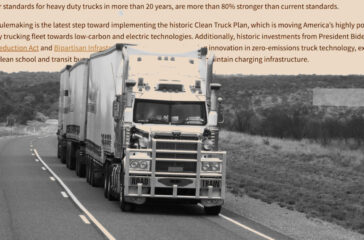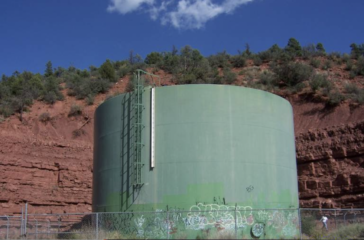New life for fishing gear aims to help address ocean plastic pollution
By Lena Beck
On the shores of southwest Washington state, little pieces of thick yellow rope sometimes wash ashore among tangles of seaweed and broken shells.

By Lena Beck
On the shores of southwest Washington state, little pieces of thick yellow rope sometimes wash ashore among tangles of seaweed and broken shells.

By Shannon Kelleher
It’s been a month since the United Nations Biodiversity Conference (COP15) ended with a historic international agreement aimed at expanding efforts to protect and preserve land, water and ecosystems around the globe.

By Shannon Kelleher
Pesticide use is a significant factor in harmful climate change, contributing to greenhouse gas emissions in multiple ways, according to a report issued this week.

By Shannon Kelleher
The United States is allocating about $100 million in grant funding to aid communities struggling with polluted air, unsafe drinking water, and climate change impacts in a move that marks the Environmental Protection Agency (EPA)’s largest-ever investment in environmental justice.

by Shannon Kelleher
This week, the Environmental Protection Agency (EPA) updated its clean air standards for heavy-duty vehicles for the first time in more than 20 years.

by Shannon Kelleher
The company 3M, which makes over 60,000 products, said Tuesday it will stop manufacturing toxic PFAS “forever chemicals” and work to discontinue use of PFAS in its products by the end of 2025.

The clock is ticking in Montreal, Canada as representatives from over 190 countries wrap up two tense weeks of negotiations over a framework to reverse Earth’s extinction crisis. The United Nations meeting, known as COP15, is set to conclude Monday.

US tribal public water systems receive proportionately less federal testing for harmful “forever chemicals” than other drinking water systems, according to a new study published Wednesday in the journal Environmental Health Perspectives.

When developers first approached West Virginia farmer Maury Johnson in 2015 seeking to bury part of a 303-mile-long natural gas pipeline on his property, Johnson was not eager to comply. But with eminent domain laws giving Johnson few options to oppose the move, developers began construction a few hundred feet from his house in 2018.

By Shannon Kelleher
The World Health Organization (WHO) is ignoring risks to human health posed by two toxic types of PFAS chemicals, and is failing to propose properly protective measures in draft guidelines for drinking water standards, a group of more than 100 scientists alleged in a letter issued this month.